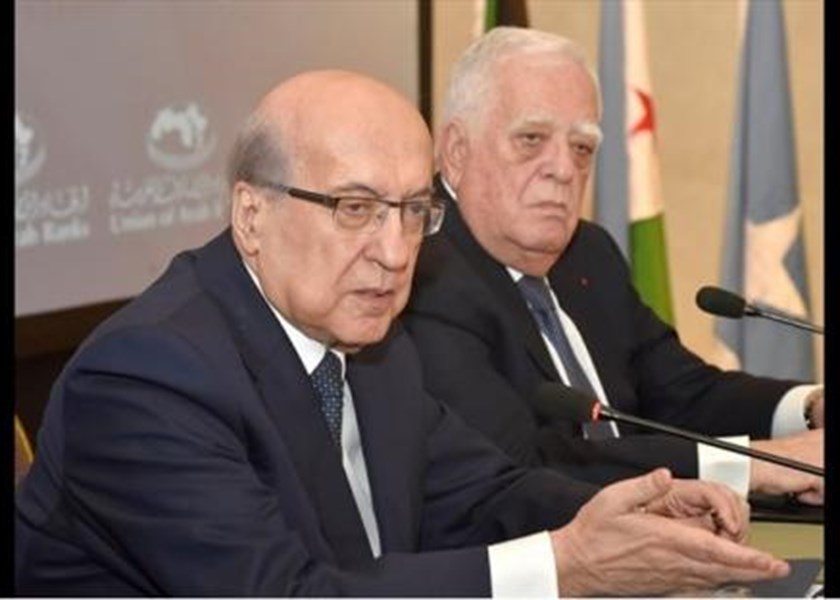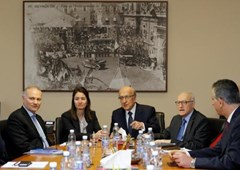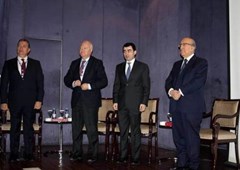
BEIRUT: Joseph Torbey, the president of the World Union of Arab Bankers said Wednesday he expects the liquidity of Arab banks to diminish in 2017 due to slow growth in deposits and a rise in nonperforming loans.
“In light of the developments witnessed by the Arab banks in 2016, it is expected that 2017 will see pressures and challenges for the Arab banks and this will come in the form of a drop in liquidity due to the expected decline in deposit growth and a regression in asset quality. These factors are also the result of a rise in nonperforming loans that were triggered by [a] weak economy and financial austerity,” Torbey said at a news conference to announce the 2016 financial results of Arab banks.
The news conference was organized by the Union of Arab Banks and attended by its secretary-general, Wissam Fattouh, and former Minister Adnan Kassar, chairman of Fransabank.
Torbey warned that the economic slowdown in the Arab region in general and the Gulf Arab states in particular – whose oil revenues represent the main source of liquidity in its markets – could have a negative impact on the performance of the banks and their profits in the medium term.
The drop in the price of oil caused large-scale damage to the economies of the region.
One of the negative outcomes of the drop in oil prices was a decline in the remittances of Arab expatriates working in the Gulf states.
Saudi Arabia and Kuwait had to issue Eurobonds to finance the needs of the governments.
Torbey added that the lack of substantial liquidity has also affected the financing of major infrastructure projects in some of the Gulf Arab states.
Torbey disclosed some of the results of the Arab banks in 2016.
He added that the assets of the Arab banks last year reached $3.4 trillion, an increase of 6 percent compared to 2015. The size of assets now represents 140 percent of the total GDP of the Arab countries.
Customer deposits in 2016 stood at $2.2 trillion, or 89 percent of the GDP of Arab states.
Private equity of these banks reached $390 billion, an increase of 6 percent compared to 2015.
Total loans and lines of credit to Arab economies increased 8 percent to $1.9 trillion, representing 77 percent of the GDP of the Arab world.
The banks in the United Arab Emirates ranked first in terms of the size of assets in the Arab world ($710 billion), followed by Saudi banks with $602 billion, Egyptian banks with $377 billion, banks in Qatar $347 billion, Lebanon $204 billion, Kuwait $198 billion, Bahrain $193 billion and Iraq $147 billion.
Commercial banks in Sudan grew 15.3 percent in the third quarter of 2016, the highest among all Arab banks.
Copyrights 2017, The Daily Star - All Rights Reserved
16/03/2017
RELATED SPEECH: " نتائج القطاع المصرفي العربي لعام 2016"
RELATED PRESS ARTICLE: القصار وطربيه وفتوح اعلنوا تطورات القطاع المصرفي العربي للعام 2016: زيادة %6 عن العام 2015 ونسبة النمو في لبنان%9,9

